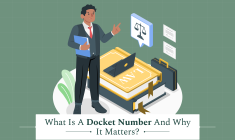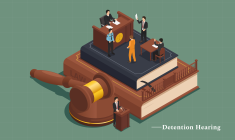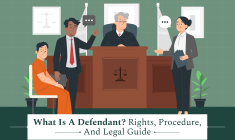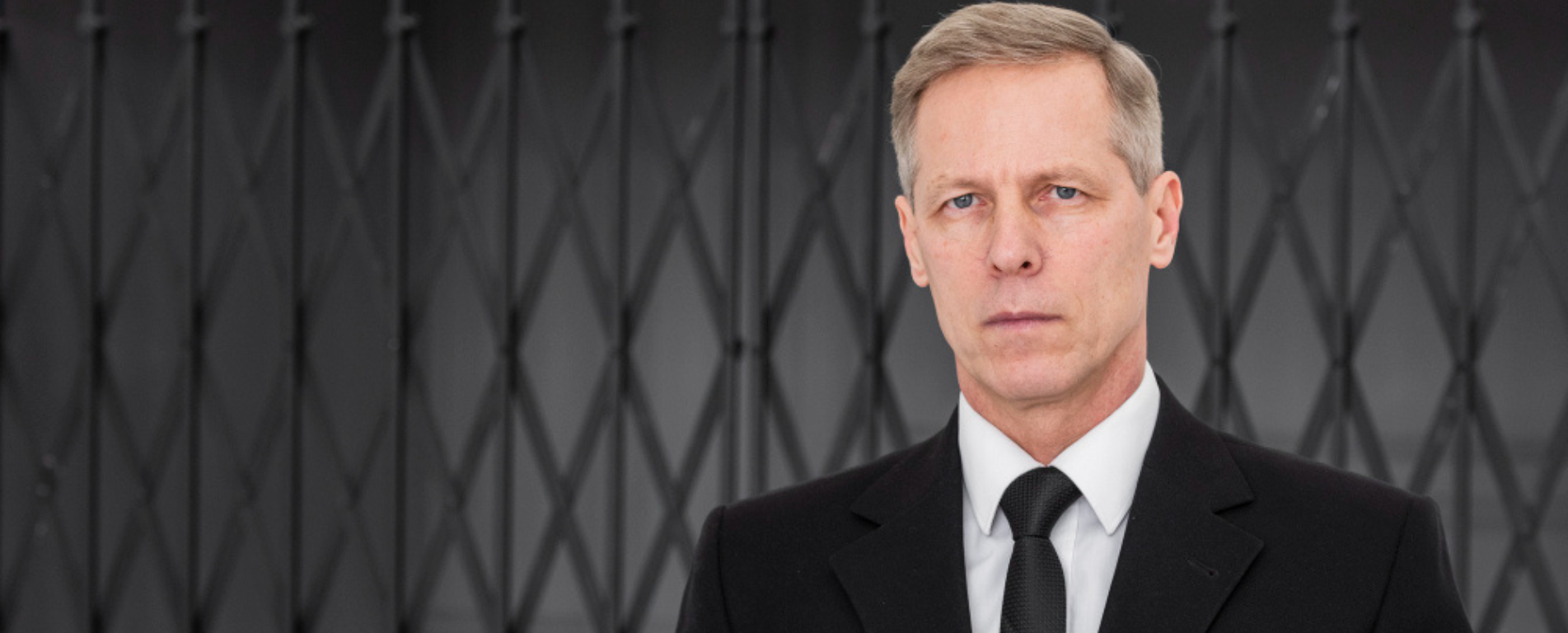Visuals in legal presentations are more impressive than you think. Yes, you read that right!
“But I thought its all about people having a debate in court!” Well, you are not alone if you have been thinking this way. However, things are not what they used to be in the 20th century.
In the legal profession, which is entirely focused on facts, regulations, and evidence, the use of pictures, charts, and videos is likely to enhance the understanding of the speakers’ message by their audience.
Legal matters are complicated, but visuals added to them can simplify the process. Difficult concepts are broken down into very easy ones that all can understand— even people who have no legal background.
Here is how you should look at it: it is not about only telling but also showing. This will help the decision makers, be they judges, jurors, or clients, grasp what you are talking about.
Utilizing modern technological resources such as AI presentation makers will enable you to come up with such visuals in a matter of minutes.
I am going to lay out for you how appropriate visuals can elevate your legal argument to another level. This article also serves as the place where you can find the straightest and most convincing answer to your question if this is the information you are after.
Therefore, keep on reading till the end…
Why Visuals Matter in Legal Presentations
Let’s start with something simple—our brains love pictures. People can look at an image and understand it in just a few seconds. This is much faster than reading a page full of text.
That’s why visuals in legal presentations are so useful—they help the audience get the idea quickly.
Imagine you’re showing a timeline of events in a complicated case. Instead of reading out each date and event, you show a simple line with dates and boxes.
Suddenly, the whole story makes sense. People remember pictures better than words too—about 80% of what we see stays with us, compared to only 20% of what we hear.
This is a big deal in court, where every detail can change the outcome. Here’s how visuals help:
- Break down hard-to-understand topics.
- Shine a light on the most important points.
- Keep the focus where it should be.
Using visuals like graphs, images, and diagrams makes it easier for juries, clients, or even judges to follow your argument.
And a good visual doesn’t just explain—it also sticks in people’s minds, helping them recall your points better later.
How to Use Visuals in Legal Presentations Effectively
Just throwing a picture into your slideshow isn’t enough. You need to use visuals the right way so they actually help your argument. Here’s how to do it right:
Simplify Complex Ideas
Legal language and facts can feel like a puzzle. But visuals can make things easier to solve. For example, if you’re explaining a business relationship between five different people or companies, a simple chart showing the connections works better than a long paragraph.
Or let’s say you’re showing a sequence of events. A timeline is perfect—it shows what happened and when, without needing to explain each point with lots of words.
Highlight Key Points
Sometimes, a legal presentation is packed with facts. But which ones are the most important? A good visual will help your audience see that instantly.
Use a bar chart to show financial losses or a pie chart to break down costs in a settlement. These visuals quickly draw attention to what matters most.
Instead of listing ten bullet points, show just the top three facts as images or icons. This way, your audience doesn’t feel overwhelmed, and they focus on what counts.
Tell a Story
Every case tells a story—about a problem, a person, or an event. People remember stories better than random details. And when you add visuals to that story, it becomes even stronger.
Use a mix of pictures, short text, and maybe even a video to walk the audience through your case like a storybook.
For example, in a personal injury case, you might show a photo of the location, a diagram of the incident, and a chart of the medical costs. Each slide moves the story forward.
Maintain Consistency
It might sound small, but using the same style throughout your presentation matters. If one slide has blue text and the next has red, it feels messy.
Stick to a consistent color palette, font, and layout. This keeps your presentation looking professional and polished.
Consistency helps your audience focus on the message, not the design. It shows you’re organized and thoughtful, which can also help build trust.
Use Visuals Sparingly
Too many visuals can be just as bad as none. If every slide is covered in pictures, it’s hard to know what to look at. Visuals should support your argument, not steal the spotlight.
Use them only where they add value. If a point is simple enough with words, skip the graphic. But if it’s complex or critical to your case, then a visual is a great tool to help.
Leveraging Technology: AI Presentation Makers
Now that you know why and how to use visuals, let’s talk about making them. Creating beautiful and smart visuals used to take hours—or a designer.
But now, AI presentation makers make the job much easier.
These tools can help you create slides, charts, and even videos in minutes. You give it your key points, and the AI builds a professional-looking presentation from scratch.
Here’s what an AI presentation maker can do:
- Write scripts based on your notes.
- Add relevant visuals and icons.
- Insert subtitles and voiceovers.
- Animate slides and add transitions.
This means even if you’re not tech-savvy, you can still create a high-quality legal presentation. You save time, reduce stress, and still end up with a presentation that looks sharp and gets your point across.
Imagine preparing for court and having the visuals ready in minutes, not hours. That’s the power of modern tech.
Enhancing Presentations with AI Video Generator
Want to take things a step further? Go beyond slides and try AI-generated videos. These tools let you turn your presentation into a video that tells your legal story with voice, motion, and visuals.
AI video generator apps work like magic. You type in your text, and the app creates a video with:
- Animated visuals
- Background music
- Voice narration
- On-screen text or subtitles
For example, if you’re explaining how a car accident happened, you can create a short animated video that shows it visually.
Or, if you’re sharing financial data, you can create a video with moving graphs and text that explains everything clearly.
Videos work great because they combine sight and sound. This makes your presentation more interesting and easier to remember. And just like with AI presentations, these apps save you time and effort.
The Role of Visuals in Legal Presentations
In court, everything matters—how you speak, what you say, and how you show your evidence. Visuals can help the jury or judge understand your points faster and better.
For example:
- 3D animation of a crime scene can make things clearer than a flat map.
- Graph showing rising costs can explain damages in a lawsuit.
- Photo of injuries can be more powerful than a written report.
But keep in mind—courtrooms have rules. Don’t go overboard with flashy visuals. Always make sure your visuals are clear, respectful, and directly related to your argument.
If they’re helpful, judges will welcome them. If they’re distracting or unnecessary, they can hurt your case.
Always double-check the court’s guidelines before using any visual aids.
Your Legal Guide: Dealing With Visuals in Legal Presentations
To sum it up, visuals in legal presentations are a powerful tool. They help explain complicated ideas, highlight the most important facts, and keep people engaged.
Whether you’re in court, a meeting, or a mediation, visuals can make your argument stronger and more memorable.
The best part? You don’t need to be a design expert.
With tools like AI presentation makers and AI video generator apps, anyone can create clear, impactful visuals that support their legal case.
Use visuals wisely—only where they truly help. Stay consistent, keep it simple, and let the visuals tell the story.
In a world where attention is short and cases are complex, visuals might just be the secret weapon that helps you win.
Read Also:















